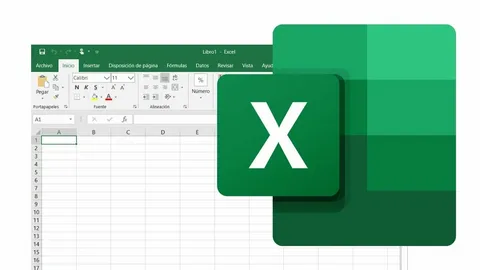In today’s fast-paced business environment, data is one of the most valuable assets a company possesses. However, for many organizations, managing and leveraging that data effectively remains a significant challenge.
Without a streamlined reporting tool and visual dashboard, businesses face a host of issues that hinder their ability to make informed decisions and achieve operational excellence.
Key Challenges of Not Having A Reporting & Visual Dashboard
No Single View of Business Data
One of the most pressing challenges is the lack of a unified view of business operations. Data often resides in silos, spread across various departments, systems, or even geographical locations. This fragmentation makes it difficult to gain a holistic understanding of key metrics and performance indicators. As a result, leaders are forced to piece together information manually, increasing the risk of oversight and misinterpretation.
Scattered Data Across Systems
Most organizations rely on a mix of third-party tools, legacy systems, and proprietary platforms. While these systems individually serve their purpose, they rarely communicate effectively with one another. This disconnection creates a fragmented data ecosystem where critical insights are hidden or lost altogether. The inability to aggregate data from diverse sources prevents businesses from identifying trends, spotting opportunities, or addressing risks in a timely manner.
Disconnected Reporting
Disconnected reporting compounds the problem further. When data from different sources is not combined effectively, businesses struggle to create a cohesive narrative around performance. This lack of integration leads to incomplete or inconsistent reporting, making it nearly impossible to gauge overall business health. Decision-makers are left to navigate through multiple reports, often filled with conflicting or outdated information.
Delayed or Inaccurate Reporting
In many cases, reporting processes are manual and time-consuming, leading to delays in delivering critical insights. Furthermore, manual processes are prone to errors, which can result in inaccurate reporting. These delays and inaccuracies not only disrupt the decision-making process but also erode trust in the data itself. Without real-time, reliable insights, businesses cannot respond swiftly to challenges or capitalize on emerging opportunities.
The Solution: Streamlined Reporting and Visual Dashboards
The good news is that these challenges can be effectively addressed by implementing a streamlined reporting tool and visual dashboard. By consolidating data from multiple sources into a single, unified platform, businesses can transform how they manage and utilize their data. It can give you:
A 360° View of the Business
With all vital metrics in one place, organizations gain a comprehensive perspective of their operations. A 360° view allows leaders to monitor performance in real-time, identify bottlenecks, and make data-driven decisions with confidence. This holistic approach eliminates the need for manual data compilation, saving time and reducing the risk of errors.
Aggregated Data for Actionable Insights
By integrating data from various third-party tools, legacy systems, and proprietary platforms, streamlined dashboards uncover actionable insights that were previously hidden. This aggregation enables businesses to analyze trends, forecast outcomes, and strategize effectively. Insights that once took days or weeks to compile are now available at the click of a button.
Unified Reporting for Better Decision-Making
A streamlined reporting tool combines data from different sources to deliver a unified view of business performance. This integration creates a single source of truth, ensuring consistency and accuracy in reporting. Decision-makers no longer need to navigate conflicting data points; instead, they have access to clear, concise, and actionable information.
Real-Time Insights and Automation
Automating the reporting process ensures that insights are always accurate and up-to-date. Real-time dashboards eliminate delays, allowing businesses to react quickly to market changes or operational challenges. Automation also reduces the burden on teams, freeing up resources for more strategic initiatives.
Driving Business Performance
Streamlined reporting tools and visual dashboards do more than just solve data challenges—they drive business performance. By providing a 360° view of operations, uncovering actionable insights, and delivering real-time, accurate reporting, these systems empower businesses to:
- Improve operational efficiency by identifying and addressing bottlenecks.
- Enhance decision-making with clear and comprehensive insights.
- Boost profitability by uncovering trends and opportunities for growth.
- Strengthen collaboration through shared access to unified data.
In conclusion, the challenges of scattered data, disconnected systems, and delayed reporting can no longer be ignored in an increasingly data-driven world. By adopting streamlined reporting tools and visual dashboards, businesses can overcome these obstacles and unlock the full potential of their data, paving the way for sustained success.




